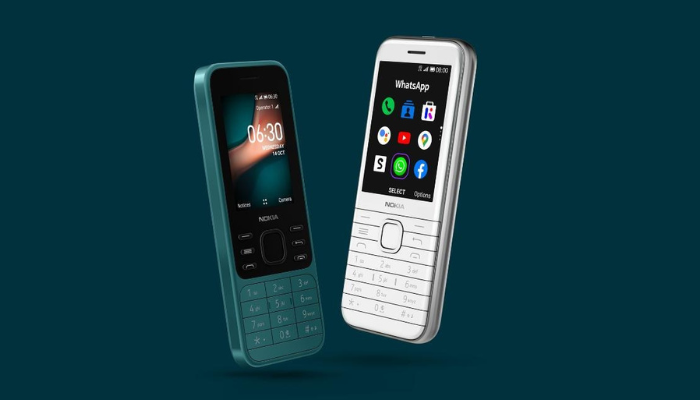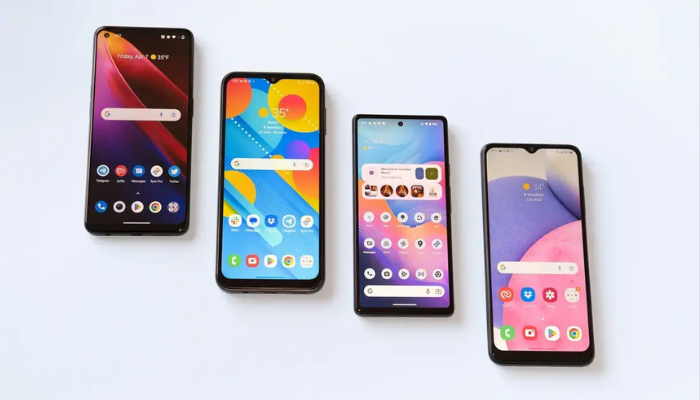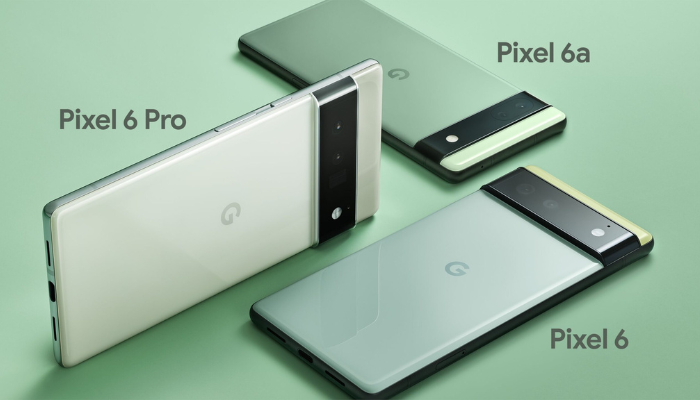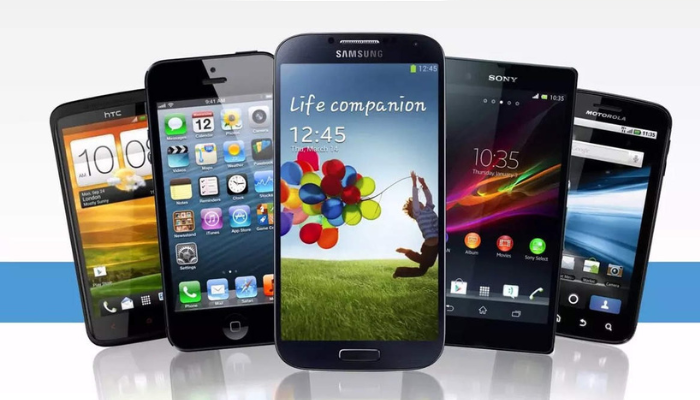Insights into mobile devices, network options, and parental controls for parents considering a first mobile phone for their child or contemplating an upgrade
If you’ve determined that it’s time for your child to get their first mobile phone or they’re eligible for an upgrade, the decision can be overwhelming. There are several factors to take into account, ranging from selecting the appropriate handset and compatible mobile service to implementing effective parental controls and ensuring seamless integration with your existing devices.
A hand-me-down
The optimal choice could be the phone you currently possess, especially if you’re considering an upgrade. With some cleaning, a new battery, and a reliable case, it could be an excellent choice for your child, provided it still receives software support. Battery replacements generally range from £50 to £100, depending on the model, and your familiarity with the device will simplify the process of wiping and setting it up for your child.
A basic phone
If the primary purpose of the handset is limited to calls and texts for coordinating pickups and emergency contacts, a basic “dumb” phone is the solution. Nokia offers a variety of feature phones, like the 110 and 225, priced around £20 to £50. Regardless of the model, ensure that it supports 4G, as 3G services in the UK are progressively being phased out in the coming years.

Budget Android
Commencing with a budget Android phone might be a sensible choice. Several models in the £80 to £150 range provide a reliable user experience, even though they may not be exceptionally fast. These phones typically feature large screens and decent battery life.
When selecting, steer clear of models running Android Go or lacking access to the Play Store and Google services. Regarding software support, assess the remaining duration, usually spanning only two to three years from the phone’s initial release at that price range, not from the purchase date.
Ensure that the phone has quality cases readily available, and it’s advisable to consider a certain level of water resistance.

Nokia provides a selection of Android phones with extended software support compared to many alternatives. Priced at approximately £130, the Nokia G22 features Android 12 with security updates available until April 2026, basic water resistance, and the added convenience of being repairable at home in case of damage.
Motorola presents similarly cost-effective options. Priced at approximately £130, the Moto G13 comes equipped with Android 13 and security updates available until January 2026.
For those aligned with Samsung, the Galaxy A14 could be a preferable selection. With a price tag of around £150, it boasts Android 13 with security updates extending until January 2027. While offering more third-party case alternatives, it’s worth noting that the Galaxy A14 does not come with formal water resistance.
Google Pixel 6a
For an older child, the Google Pixel 6a is a fantastic option. Originally a bargain in 2022, it’s now a steal at approximately £300. Providing 80% of the high-end phone experience, it features one of the best cameras available, top-notch performance, robust battery life, proper water resistance, software updates until July 2027, and a plethora of case options. The Pixel 6a is anything but budget in terms of its capabilities.

Apple iPhone
For those in an Apple-centric family, the choices are somewhat constrained. The most affordable among the new iPhones is the 2022 iPhone SE, priced at approximately £450. While it provides a robust entry into the Apple ecosystem, it’s worth noting that the option is relatively costly.
Opting for refurbished models could be a more budget-friendly choice. A reconditioned 2020 iPhone SE, priced at around £130, is likely to receive updates for at least three years. While the base model with 64GB storage might be a bit limiting, the phone offers water resistance, and there is an abundance of third-party cases available. Apple provides a battery service for £69 if needed.
For those desiring newer models with Face ID and extended support, the iPhone 12 mini, available at approximately £300, or the standard-sized iPhone 12, priced around £320 as refurbished options, could be suitable choices.
Network service
Once you’ve chosen the appropriate handset, the next decision involves selecting a phone service. While most networks default to blocking 18-plus content over the mobile connection, some offer more advanced controls. It’s advisable to verify that the selected service aligns with your specific needs.
A cost-effective starting point is a pay-as-you-go (PAYG) SIM card. All major networks offer them, with some, such as O2’s giffgaff, specializing in providing value-oriented packs or bundles of minutes, texts, and data purchased on a monthly basis.
Prior to making a decision, ensure you assess the network coverage in your area. Since PAYG SIMs are typically free, they offer a convenient option for testing the service, especially if you reside in an area with weak signal strength.
For those who use their phones more extensively, a PAYG plan is usually pricier compared to a contract. However, it allows for the management of credit, minutes, texts, and data, providing an opportunity to instill financial responsibility. Additionally, once the credit is depleted, there is no risk of experiencing unexpected bill shock.
On the other hand, a SIM-only plan generally comprises a monthly, yearly, or longer-term allowance of minutes, texts, and data. While monthly contracts offer increased flexibility, they are typically slightly more expensive.
The most cost-effective options are often available with smaller virtual networks like Tesco, Asda, iD Mobile, or Smarty, providing a variety of choices. It’s essential to verify that the coverage aligns with your location. Most of these plans permit users to set spending caps and block premium-rate texts and third-party charges, helping to prevent unexpected bill shock.
Family plans are another option to consider. If your family is already using a specific network for their phones, adding another line to your existing plan can be both cost-effective and easy to manage, consolidating everything into one bill. Major networks often offer discounts for additional lines, and some, such as EE, permit the sharing of data from your plan with other SIMs on an ad hoc basis.
While all networks provide some level of parental controls, if you require more robust features, ParentShield from Derby-based Engine Mobile ensures a “child-safe” network by offering comprehensive tools. These tools include allowing parents to read all texts, record calls, set alerts for concerning words or phrases in messages, and block all premium-rate services.
These plans usually come at a higher cost, starting from around £10 per month, and may not assist in restricting content while the phone is connected to Wi-Fi. However, they could serve as a viable solution.
Under 13: they need a child account
Apple and Google offer the option to establish child accounts for individuals under 13 years old, connecting them to your own account and enabling them to use an iPhone or Android device.
The choice of which one to create likely depends on the platform you, as the parent, are using. For instance, if you use an Android phone with a Google account, it will be more convenient to oversee your child’s usage as part of your family account.
Parental controls
Even if your child is at an age where they can have their independent account on their phone, you can implement diverse parental controls during the setup process on both an Android phone or iPhone by linking it to your account or a family account.
On both platforms, you have the capability to establish screen time limits, restrict access to specific apps, control age-appropriate content in the app store, impose limitations on permissions such as camera access, and track their location.
It’s beneficial to thoroughly explore Apple’s parental controls and review Google’s Family Link guides to ensure the settings are configured appropriately.
